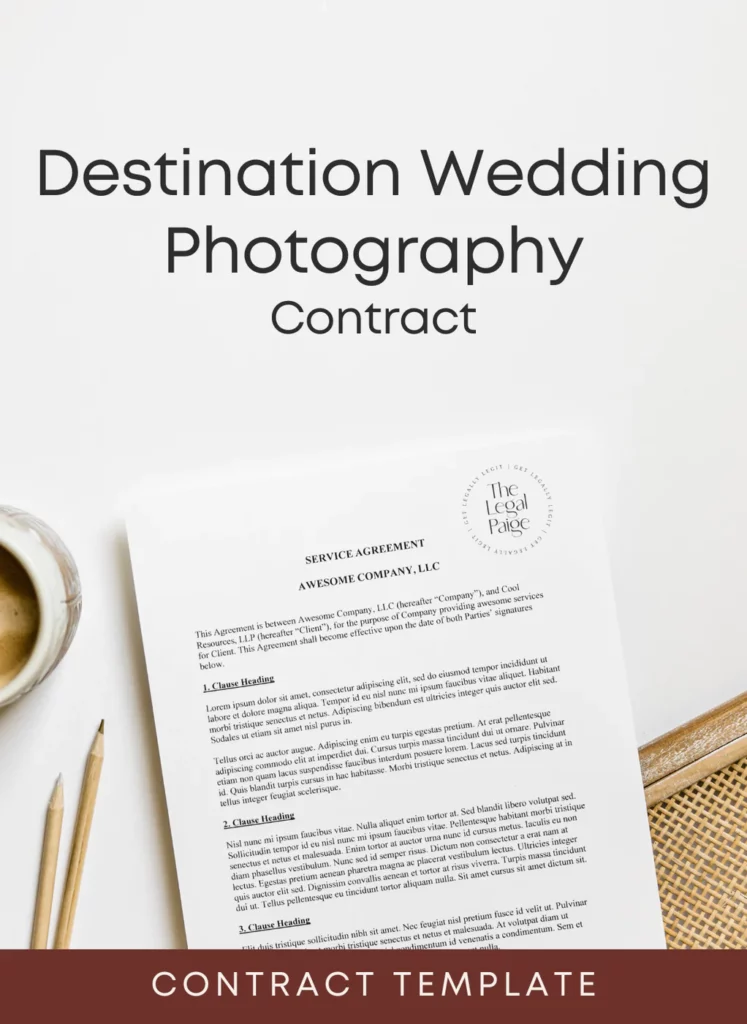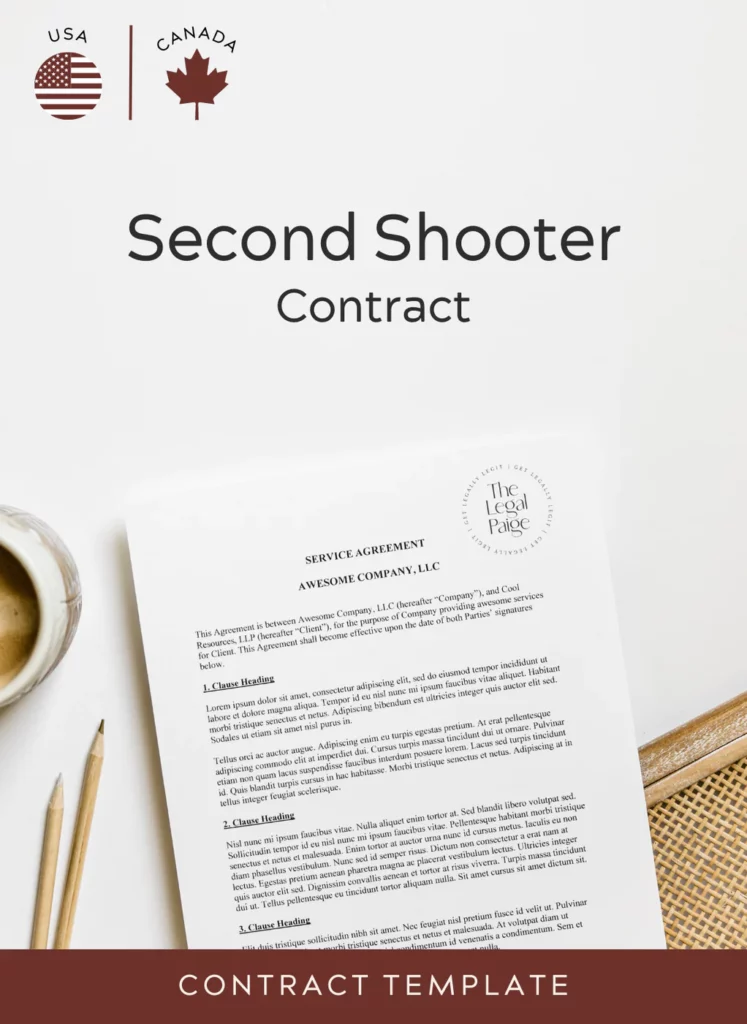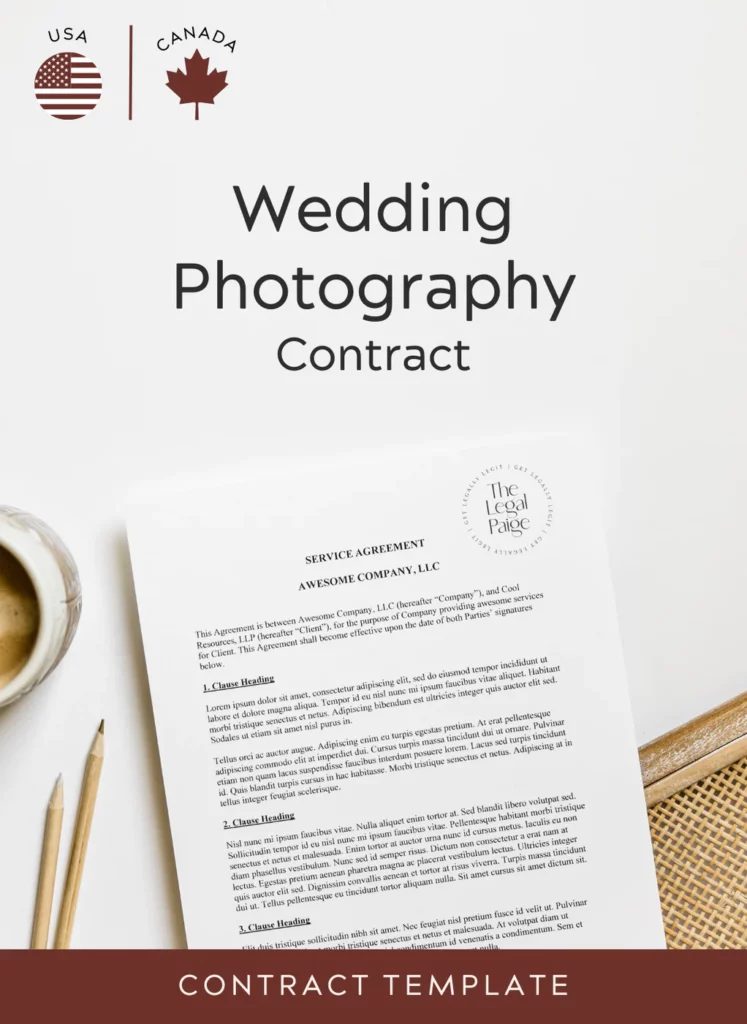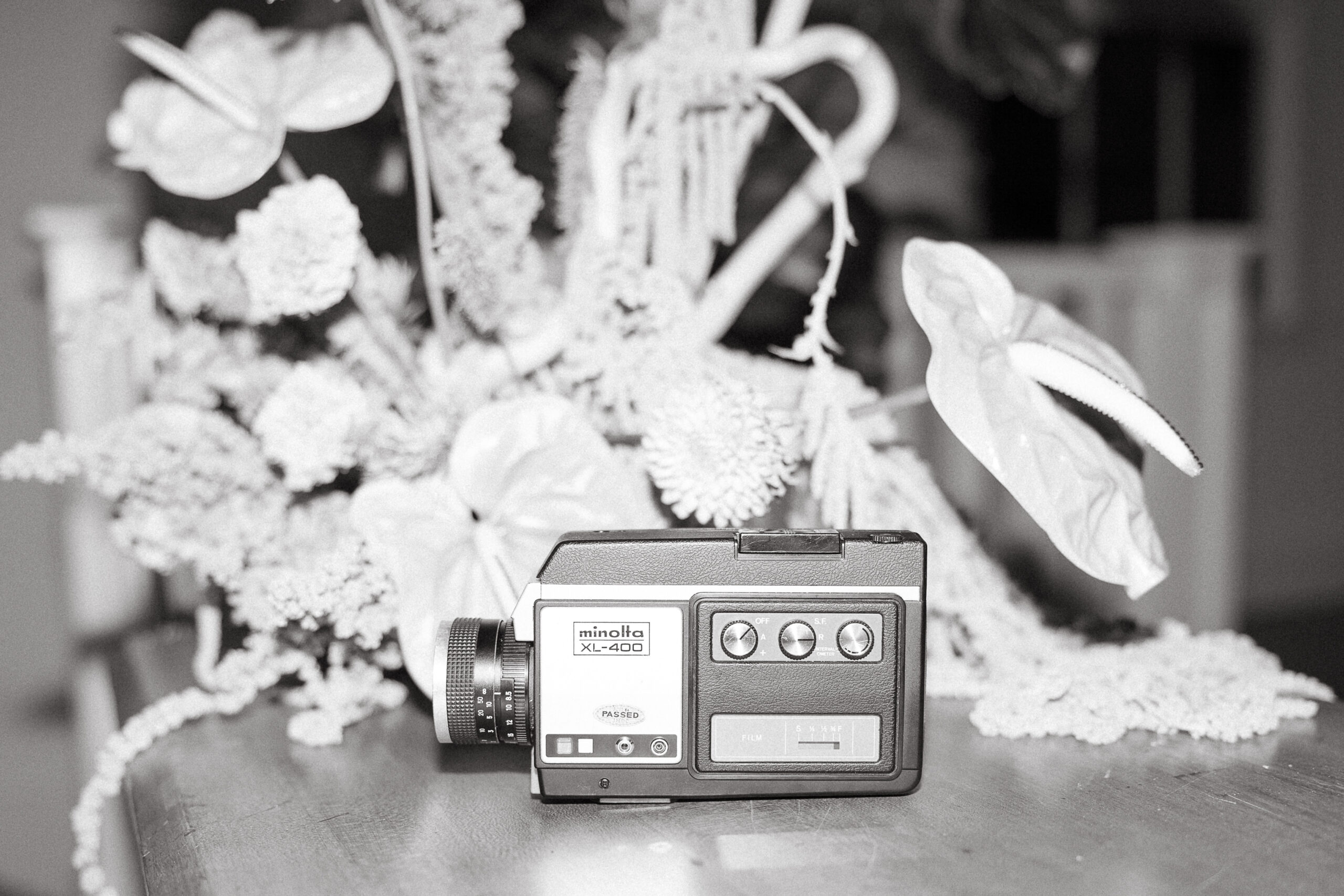
Contracts are absolutely crucial for a photography business or any kind of business really. A well-drafted contract not only protects the interests of both parties but also ensures a smooth and professional collaboration. Whether you’re a seasoned photographer, or just starting, here are the 10 things every photography contract should at least include:
- Identification of Parties: Clearly state the names, addresses, and contact information of both the photographer and the client. This provides a foundation for the contractual relationship and makes it easy to identify the involved parties.
- Description of Services: Specify in detail the services the photographer will provide. This includes the type of photography (e.g., portrait, wedding, event), the number of sessions, the duration of each session, and any additional services such as photo editing or album creation.
- Date, Time, and Location: Clearly outline the date, time, and location of the photo sessions. This helps avoid any confusion and ensures that both parties are on the same page regarding the timing and venue of the photography services.
- Payment Terms: Clearly define the payment terms, including the total cost, payment schedule, and any additional fees for services beyond the initial agreement. Specify the accepted payment methods and the consequences of late payments.
- Cancellation and Rescheduling Policies: Outline the conditions under which either party can cancel or reschedule the photo sessions. Include any associated fees or penalties for cancellations, as well as the process for rescheduling.
- Copyright and Usage Rights: Clearly state the copyright ownership of the images. Specify the usage rights granted to the client, such as personal use or commercial use, and outline any restrictions on the client’s ability to edit or distribute the images.
- Delivery Timeline: Establish a clear timeline for the delivery of the final images. This includes the number of edited photos the client can expect and the format in which they will be delivered (e.g., digital files, prints).
- Force Majeure Clause: Include a force majeure clause to address unforeseen circumstances, such as natural disasters or emergencies, that may prevent the photographer from fulfilling the contract. Outline the steps to be taken in such situations.
- Liability and Indemnity: Clearly define the responsibilities and liabilities of both parties. Include provisions that protect the photographer from liability in case of equipment failure, loss of data, or other unforeseen issues. Additionally, outline any indemnification clauses.
- Dispute Resolution: Specify the process for resolving disputes, whether through mediation, arbitration, or legal action. A well-defined dispute resolution mechanism can help avoid prolonged conflicts and ensure a fair resolution.
Bonus: If you shoot film or Super 8, here are things you should include in your contracts:
-Touch on the unpredictability of film
-The amount of film is up to the photographer/videographer’s discretion
-Explain risks: travel, discoloration, weather, etc.
-Include reimbursement amount if film cannot be delivered
Here are my favorite contracts from The Legal Paige:
Find them HERE
Disclaimer: This was written by Myla Garlitz who is not a lawyer and this article is not intended to be legal advice.
+ view the comments










